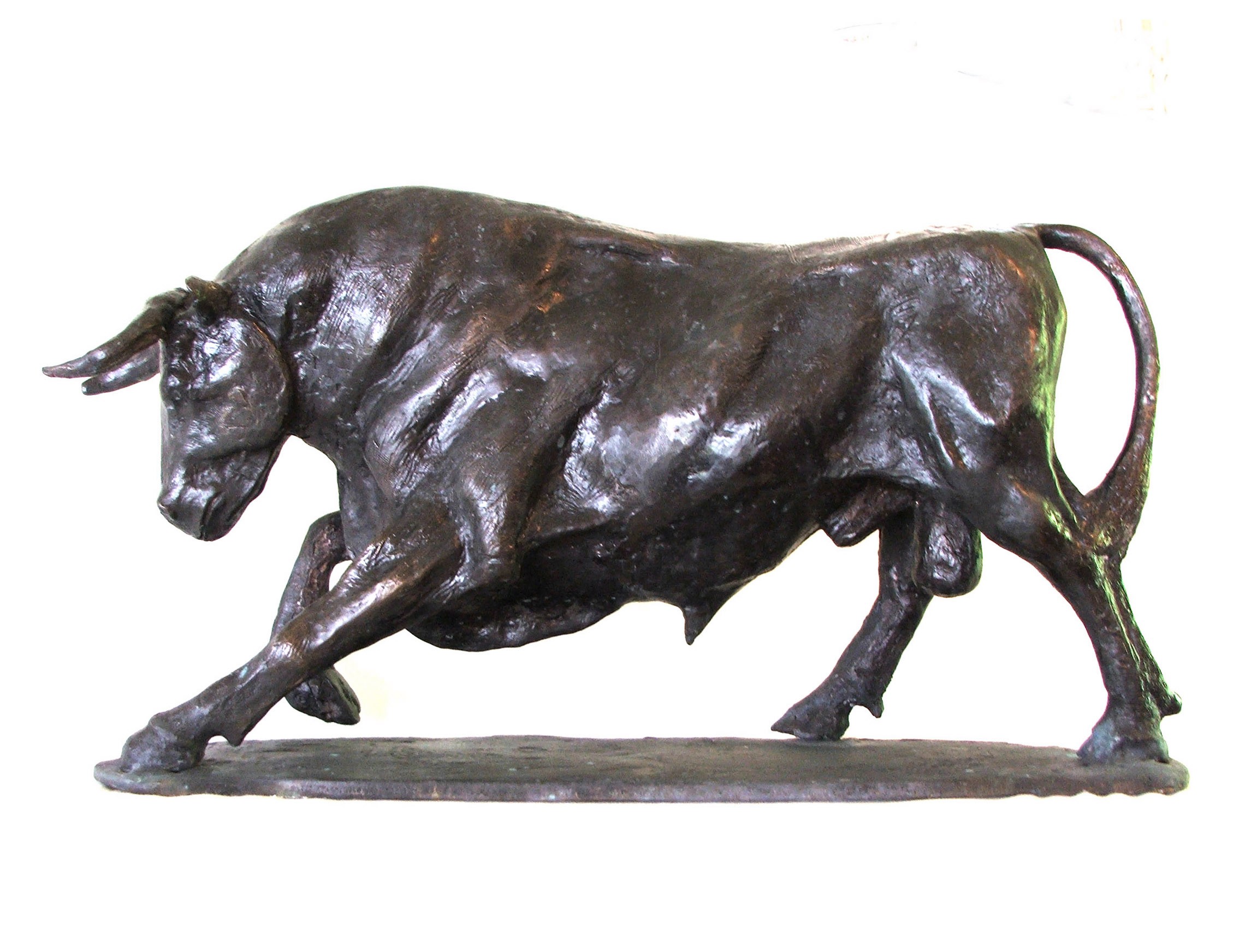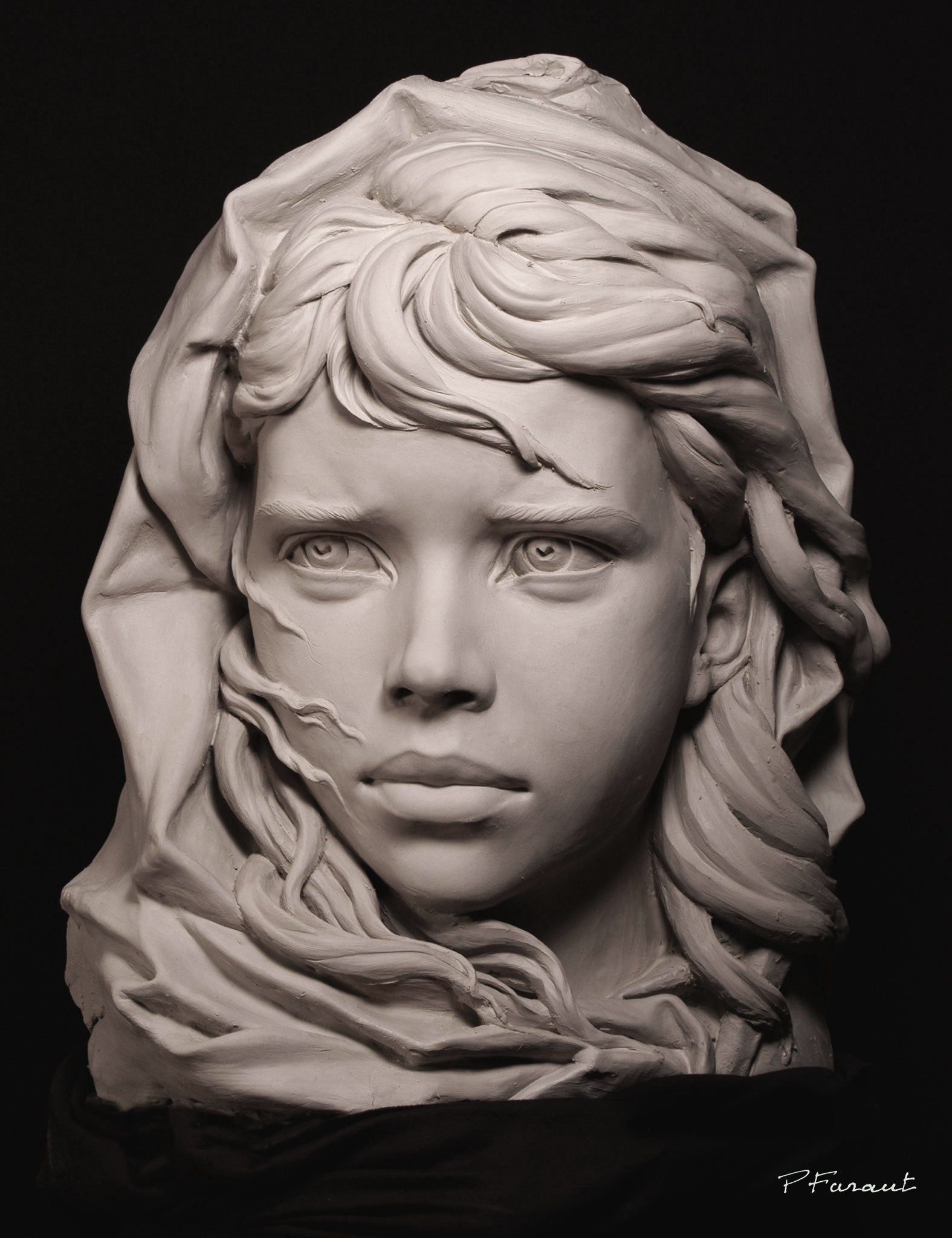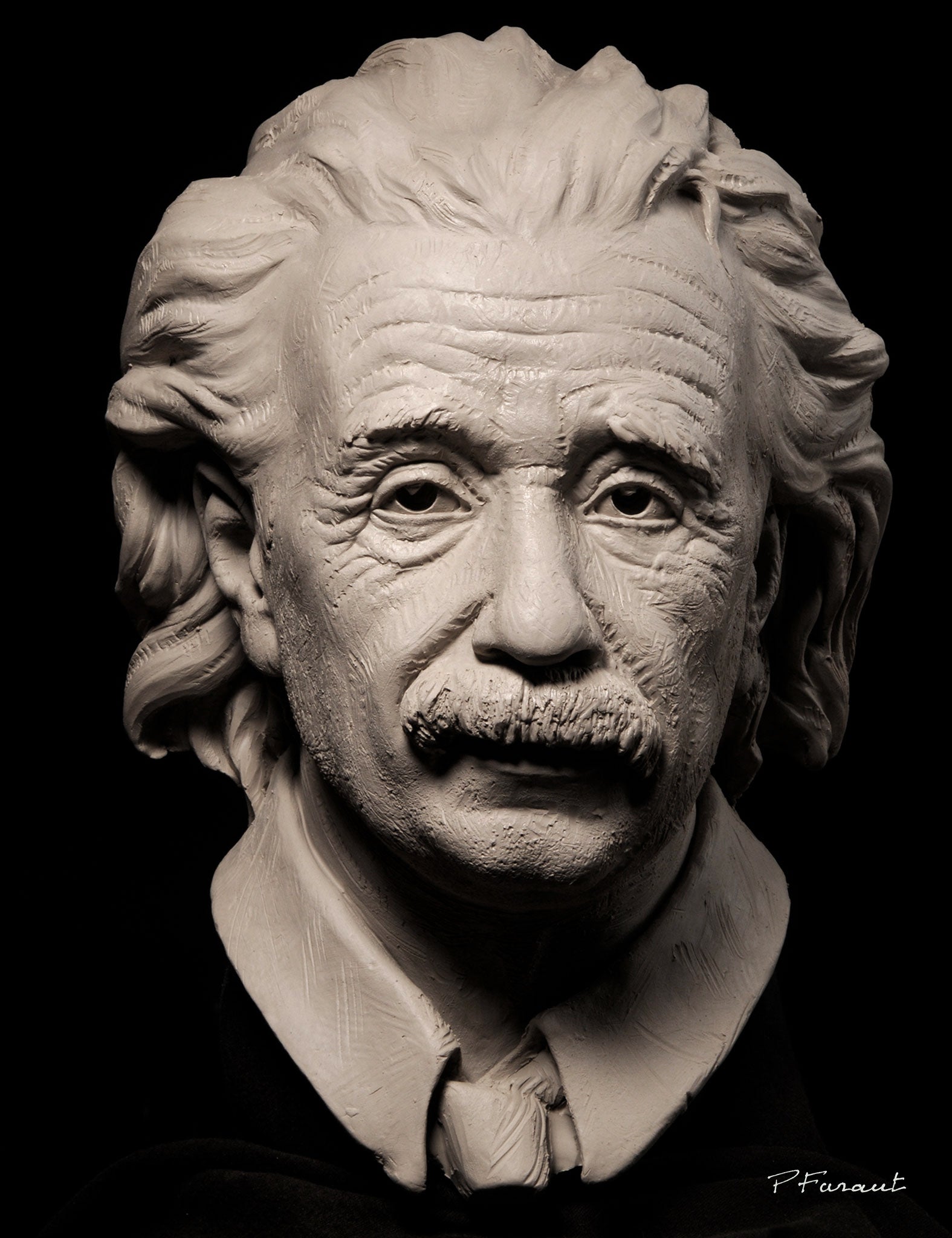Artistic Evolution: From Classic to Modern with Bronze Sculptures
Wiki Article
The Evolution of Sculptures: From Ancient to Modern
The Evolution of Sculptures: From Ancient to Modern. Robert C Hitchcock Sculptor.Sculpture, one of the oldest forms of art, has actually been an essential part of human people for millennia. From the old human beings of Egypt and Greece to the modern-day age, sculptures have progressed, showing changes in imaginative strategies, materials, and cultural impacts. This trip via time traces the advancement of sculptures, exploring the changes stylishly, subject, and imaginative expression.
Beginning with the ancient globe, sculptures crafted from stone and later bronze captured the significance of divine beings, leaders, and day-to-day life. The Renaissance duration experienced a resurgence of classical sculpting methods, as artists sought to replicate the elegant types of ancient Greek and Roman sculptures (Robert C Hitchcock Sculptor). In the modern-day age, musicians tested standard boundaries, accepting abstraction and trial and error with new materials
This exploration will look into the diverse evolution of sculptures, disclosing the rich tapestry of creative expression across different periods and societies.

Ancient Sculptures: From Stone to Bronze
Ancient sculptures transitioned from being taken of stone to being cast in bronze. This shift marked a significant advancement in the art of sculpture, permitting greater refinement and information in the completed jobs. Stone sculptures, while remarkable in their own right, were limited by the nature of the product. Rock required extensive carving and shaping, usually leading to an extra simplified depiction of the subject.The intro of bronze as a tool for sculptures produced a revolution in imaginative expression. Bronze supplied sculptors the opportunity to develop realistic and complex kinds that were not possible with rock. The procedure of casting bronze allowed for the development of numerous duplicates of a sculpture, making it possible for larger distribution and preservation of these imaginative work of arts.
The change from rock to bronze also saw a change in the subject of sculptures. While stone sculptures predominantly depicted gods, sirens, and mythical figures, bronze sculptures started to reflect a wider series of topics, consisting of day-to-day individuals and pets. This growth of subject showcased the convenience and flexibility of the bronze tool.
Renaissance Rebirth: Forming in the Classic Style
The Renaissance revival of sculpture witnessed a renewal in the classic style, building upon the advancements made throughout the change from rock to bronze in old sculptures. Throughout this duration, musicians looked for to recreate the timeless visual and perfects of elegance that were widespread in old Greek and Roman sculptures.One of the essential attributes of the Renaissance resurgence was the emphasis on naturalism and the human form. Sculptors like Donatello and Michelangelo strove to capture the anatomical details and expressions of their topics with unmatched precision. They examined the human body and included their observations into their sculptures, causing realistic and realistic representations.
One more vital element of the Renaissance revival was the expedition of point of view and deepness. Artists made use of methods such as contrapposto, where the weight of the body is moved away, creating a sense of movement and dynamism. They likewise explore different products, including marble and bronze, to accomplish a level of refinement and ins and out in their sculptures.

Modernism and the Avant-Garde: Damaging Conventional Borders
During the Modernism and Avant-Garde motions, carvers pushed the boundaries of conventional artistic conventions. This period, which emerged in the late 19th and early 20th centuries, saw a dramatic shift in the means artists came close to sculpture. Denying the concept of art as plain replica, modernist sculptors looked for to discover brand-new forms, products, and principles.
One of the essential characteristics of modernist sculpture was the emphasis on abstraction. Carvers relocated far from practical representations and instead focused on catching the significance of the subject via simplified kinds and geometric shapes. This separation from traditional representation enabled musicians to share their feelings and concepts in a more individual and subjective fashion.

Contemporary Sculptures: Exploring New Materials and Concepts
With a concentrate on checking out brand-new products and concepts, contemporary sculptures have changed the field of art. Artists today are pressing the limits of traditional sculpture by experimenting and making use of ingenious materials with abstract principles. These sculptures test traditional ideas of form, definition, and materiality, inviting viewers to take part in a new and provocative artistic experience.Contemporary artists are accepting a vast array of materials, consisting of plastic, glass, steel, and also raw material. They are not limited to the standard medium of stone or clay, permitting for higher flexibility of expression and experimentation. This shift in the direction of unusual products has opened new possibilities for musicians to develop sculptures that are dynamic, interactive, and visually striking.
In enhancement to discovering brand-new products, contemporary sculptures also look into complicated and abstract ideas. Artists are currently checking out styles such as identity, social issues, and the environment, making use of sculpture as an effective medium for social discourse and introspection. These sculptures test customers to assume critically and involve with art on a much deeper degree, sparking conversations and prompting emotional reactions.
International Influences: Sculptural Customs From Around The Globe
Sculptural customs from numerous regions of the globe have significantly formed the development of sculptures throughout background. The worldwide impacts on sculpture have varied and have added to the richness and selection of creative expressions. From the ancient human beings of Egypt, Greece, and Rome to the detailed makings of Oriental cultures, each area has created its one-of-a-kind sculptural customs that have affected artists throughout time.In ancient Egypt, sculptures were developed mainly for spiritual and funerary objectives. The iconic sculptures of pharaohs and gods, such as the Great Sphinx and the bust of Queen Nefertiti, display the Egyptians' mastery of stone carving and their belief in the afterlife.

In ancient Rome, sculpture offered both political and artistic objectives. Roman sculptures commonly depicted emperors, generals, and mythological figures, mirroring the power and grandeur of the empire. The marble sculpture of Augustus of Prima Porta and the huge Arc of Constantine are noteworthy examples of Roman sculptural accomplishments.
Eastern sculptural traditions, especially in India, China, and Japan, have additionally had a profound influence on the advancement of sculptures. Indian sculptures, such as the delicately carved temples of Khajuraho and the gigantic sculptures of Buddha, show a rich combination of spiritual, mythological, and architectural components. Chinese sculptures, characterized by their great workmanship and interest to information, commonly portray divine beings, pets, and famous numbers. Japanese sculptures, affected by Buddhism, highlight simpleness and serenity, seen in the serene sculptures of Buddha and the stylish art of bonsai.
The international impacts on sculpture continue to develop in the modern age. Musicians today attract ideas from numerous sculptural traditions, incorporating brand-new materials, strategies, and principles to create cutting-edge and provocative artworks. The blend of different cultural influences has generated a dynamic and varied sculptural landscape, mirroring the interconnectedness of our global society. As we seek to the future, it is certain that the international impacts on sculpture will certainly remain from this source to shape and redefine this ancient art type.
Verdict
Finally, the evolution of sculptures has actually seen a shift from old stone and bronze functions to the classical resurgence during the Renaissance. This was complied with by the breaking of typical limits through innovation and the avant-garde activity. Today, modern sculptures explore brand-new products and principles, while likewise drawing inspiration from global sculptural customs. The journey of sculptures mirrors the ever-changing creative expressions and cultural influences throughout background.From the ancient people of Egypt and Greece to the modern-day era, sculptures have progressed, mirroring changes in creative strategies, materials, and cultural impacts.Starting with the old globe, sculptures crafted from rock and later bronze captured the essence of divine beings, leaders, and everyday life.Ancient sculptures transitioned from being carved out of rock to being cast in bronze. While rock sculptures primarily illustrated gods, sirens, and mythological figures, bronze sculptures began to mirror a wider variety of topics, consisting of everyday individuals and pets.In final thought, the advancement of sculptures has seen a shift from old stone and bronze works to the classical resurgence during the Renaissance.
Report this wiki page